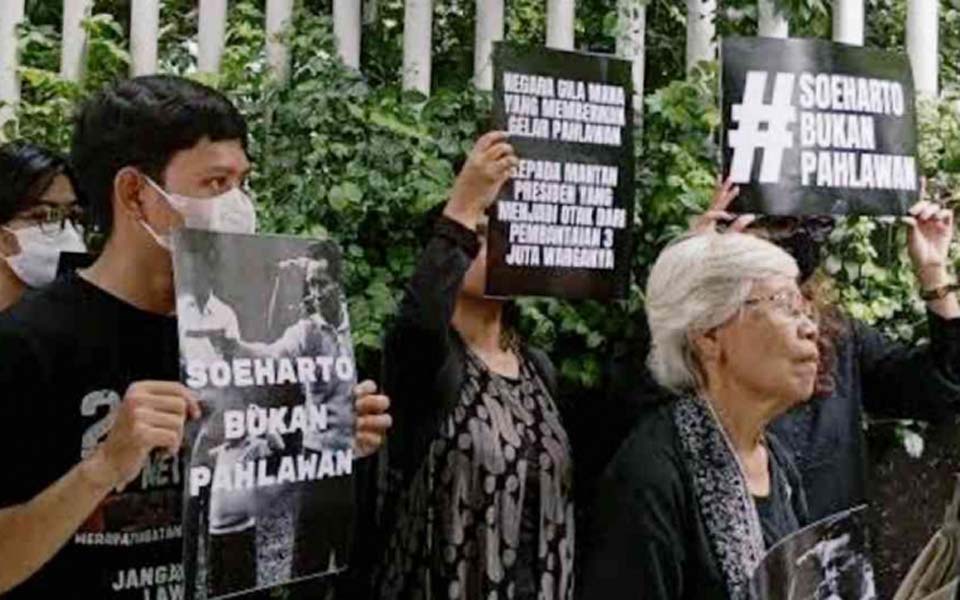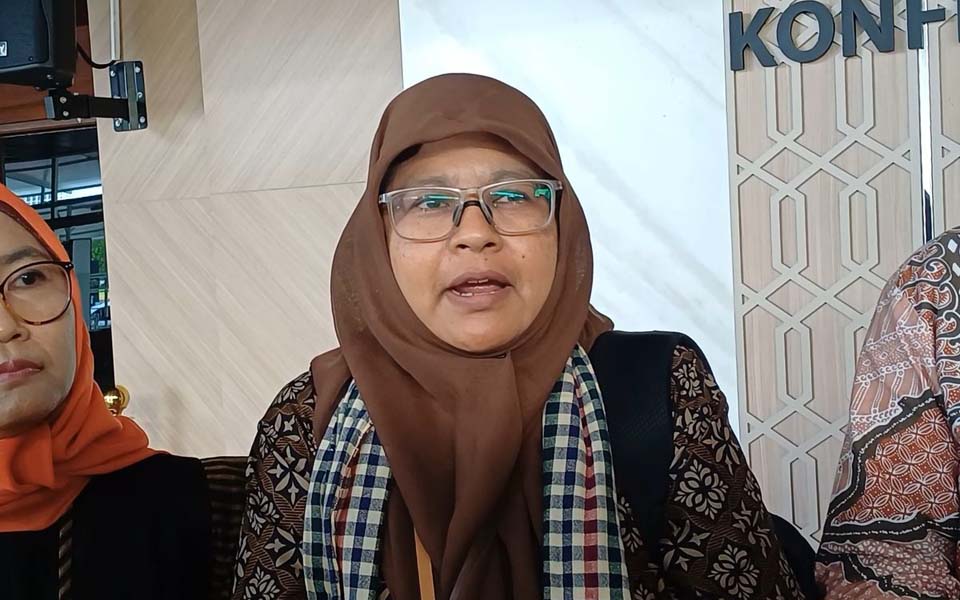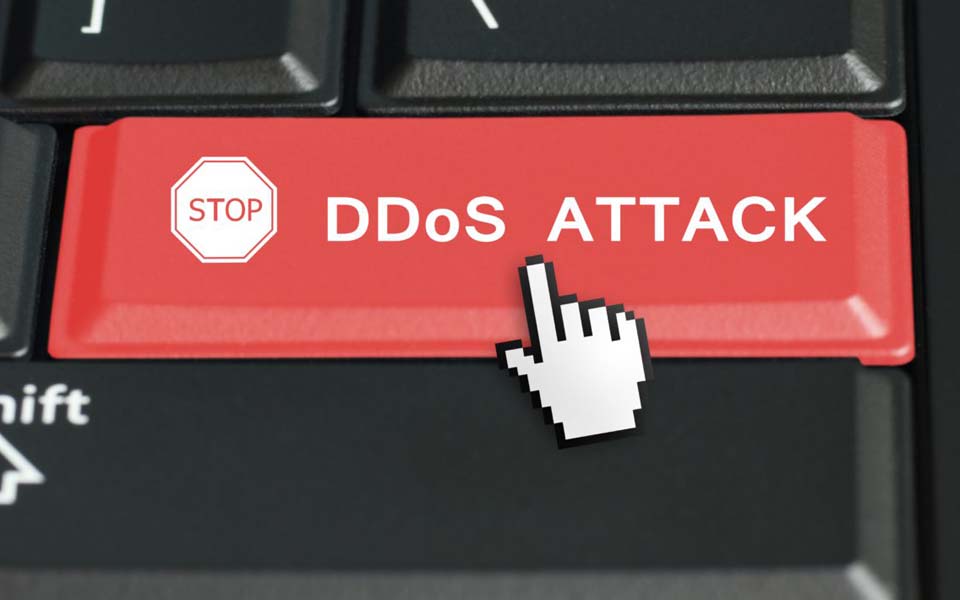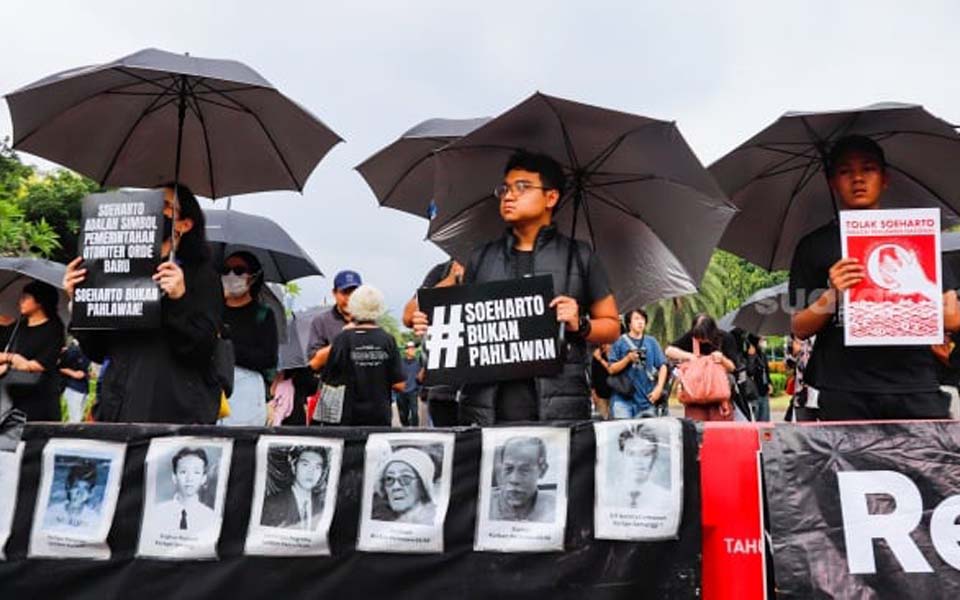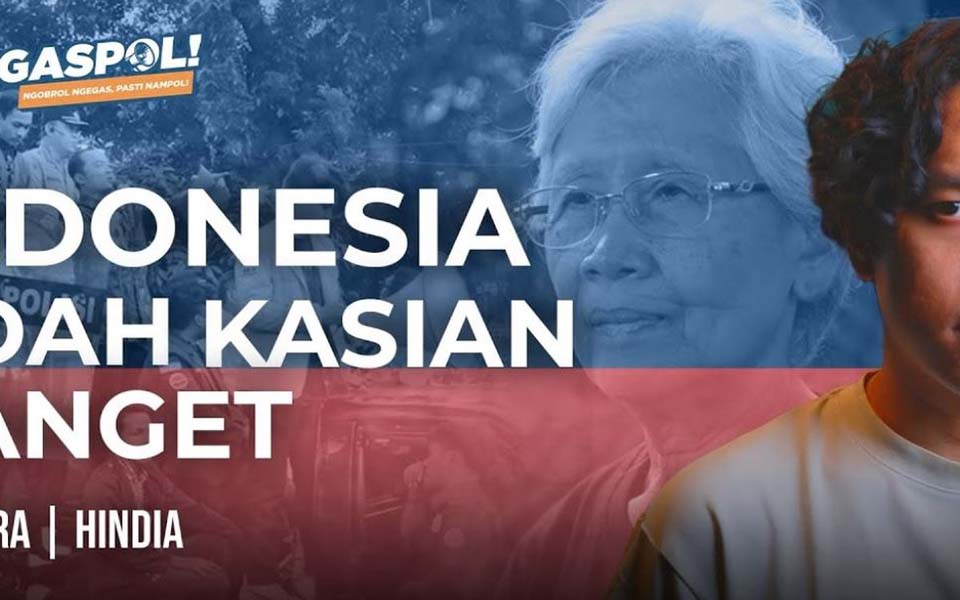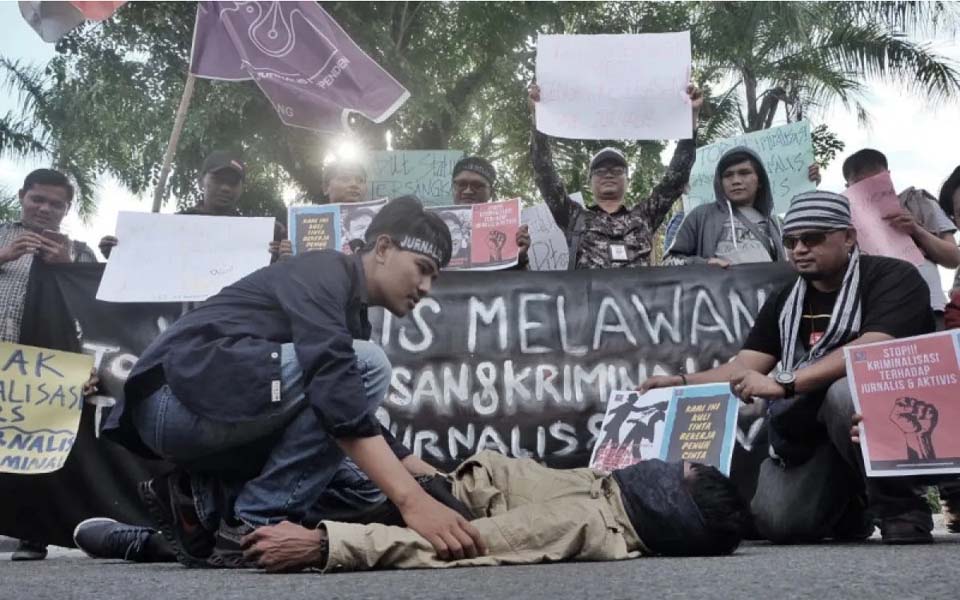Bambang Noroyono, Jakarta – The level of violence against journalists has remained high throughout 2019. The Legal Aid Institute for the Press (LBH Pers) revealed that it recorded 85 cases of violence against media workers in 2019. LBH Pers Director Ade Wahyudin says that these cases have claimed as many as 79 victims.
“The level of violence against the press this year was alarming”, said Wahyudin in Central Jakarta on Monday January 13.
In spite of this, he said, there were no media workers who died in 2019 as a result of violence related to their profession. Although the rate of violence against press workers was high and this indicates the weakness of protection and understanding about the role of media workers.
In his presentation, Wahyudin explained that 75 of the victims of violence against the press were journalists while the others were members of the university campus press and a resource person.
Meanwhile the region with the worst reputation for violence against the press, said Wahyudin, was still the capital city, Jakarta, with 33 cases of violence against the press.
South Sulawesi and South-East Sulawesi were the provinces with the next highest level of violence against the press after Jakarta, with eight and seven cases respectively.
Meanwhile in East Java there were five cases recorded. Out of all the regions, Kalimantan was the area with the lowest level of violence. The LBH Press recorded only one case of violence against the press there in 2019.
In Papua, according to the LBH Press, the level of violence against journalists can be categorises as stagnant with five cases in 2019. In Aceh and North Sumatra meanwhile, there were four cases in each.
“These cases are based on observations and monitoring clarified via legal aid networks in the region and also newspaper reports”, explained Wahyudin.
He also explained why Jakarta was the region with the highest level of violence against the press. According to Wahyudin, this is because in 2019 Jakarta became the epicenter of reports and major incidents which occurred in Indonesia.
“And this is related with the main issue which was the cause of violence against the press”, he said.
LBH Pers stated that the wave of demonstrations in the capital in 2019 saw the most acts of violence against the press. According to Wahyudin, there were as many as 39 cases of violence during these demonstrations.
Among these were 20 cases of violence against the press related to the demonstrations opposing revisions to the Corruption Eradication Commission (KPK) Law, revisions to the Criminal Code (KUHP) and other national legislation in September.
There were also eight cases related to the 2019 simultaneous presidential and legislative elections and three cases of violence against journalists related to the issue of Papua.
Aside from the demonstrations in Jakarta, the other issue which invited violence against the press was coverage of general criminal cases with seven incidents.
Moreover, said Wahyudin, there were as many as six cases of violence against journalists covering sporting events in 2019 and four cases of violence related to environmental issues.
Political issues also invited violence with as many as five cases of violence against journalists related to political reporting.
Which group then committed the most violence against journalists? According to LBH Pers’ research the police were the main group obstructing press freedom.
“The police’s position has not changed over the years. They remain the main perpetrator of violence against the press”, explained Wahyudin.
Wahyudin said that out of the scores of cases in 2019, 33 cases were committed by police, although ordinary people also perpetrated violence against the press.
LBH Pers recorded 17 cases of violence against the press by ordinary people in 2019. The other big violator was employers and business people with seven cases. Aside from this there were two case of violence against journalists covering sports events which were committed by supporters, and one committed by an athlete.
LBH Pers legal researcher Mona Ervita says that the level of violence against the press in 2019 offers a dim outlook for press safety for the future. According to Ervita, few cases violence against the press in 2019 were resolved through legal channels.
Ervita said that less than six percent of all cases of violence against the press were handled by LBH Pers. And none of these were fully resolved.
“What has been worrying us is impunity and unresolved proceedings in the legal handling [of violence] against the press”, she said.
Nevertheless, she admitted that not all violence suffered by media workers is reported to the police, although it should not be that the levels of violence have become so high.
Ervita predicts that looking at current political developments and social dynamics violence against the press will continue to be high in coming years.
Ervita added that potential exists for a weakening of the role of the press through a tightening up of regulations, giving the example of national legislation such as the Draft Criminal Code (RUU KUHP) which includes 11 kinds of stipulations which threaten the press and its role.
These include stipulations on criminal sanctions related to insulting the government and contempt of court. Moreover, said Ervita, in the RUU KUHP there is potential for violence against the press in investigative reporting because of criminal stipulations which allow for jail terms for revealing information which is deemed confidential.
“The threats in the RUU KUHP will be an obstacle for press freedom in the future” she said.
[Translated by James Balowski. The original title of the article was “LBH Pers: Kekerasan Terhadap Pers Tinggi Sepanjang 2019”.]






